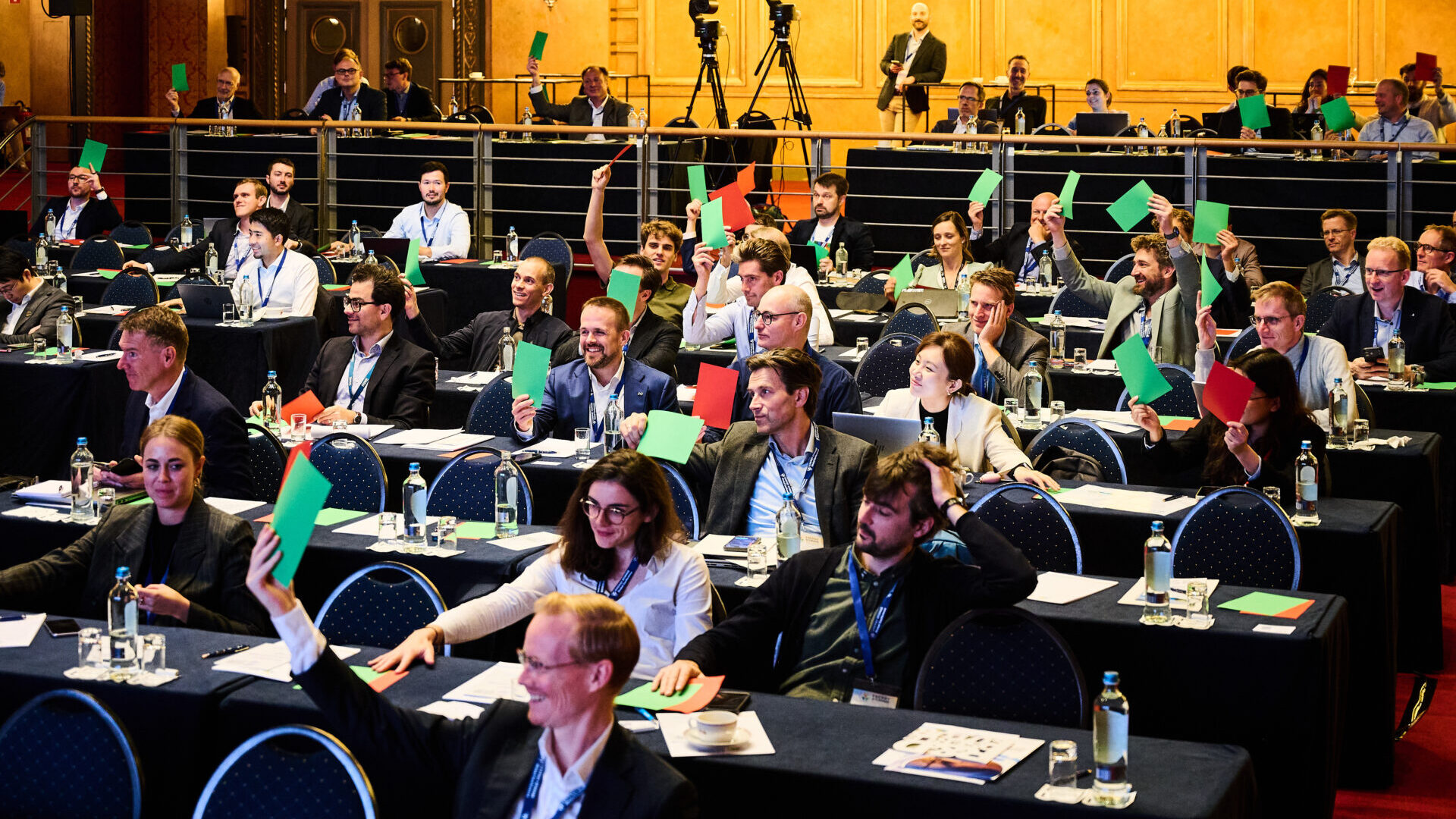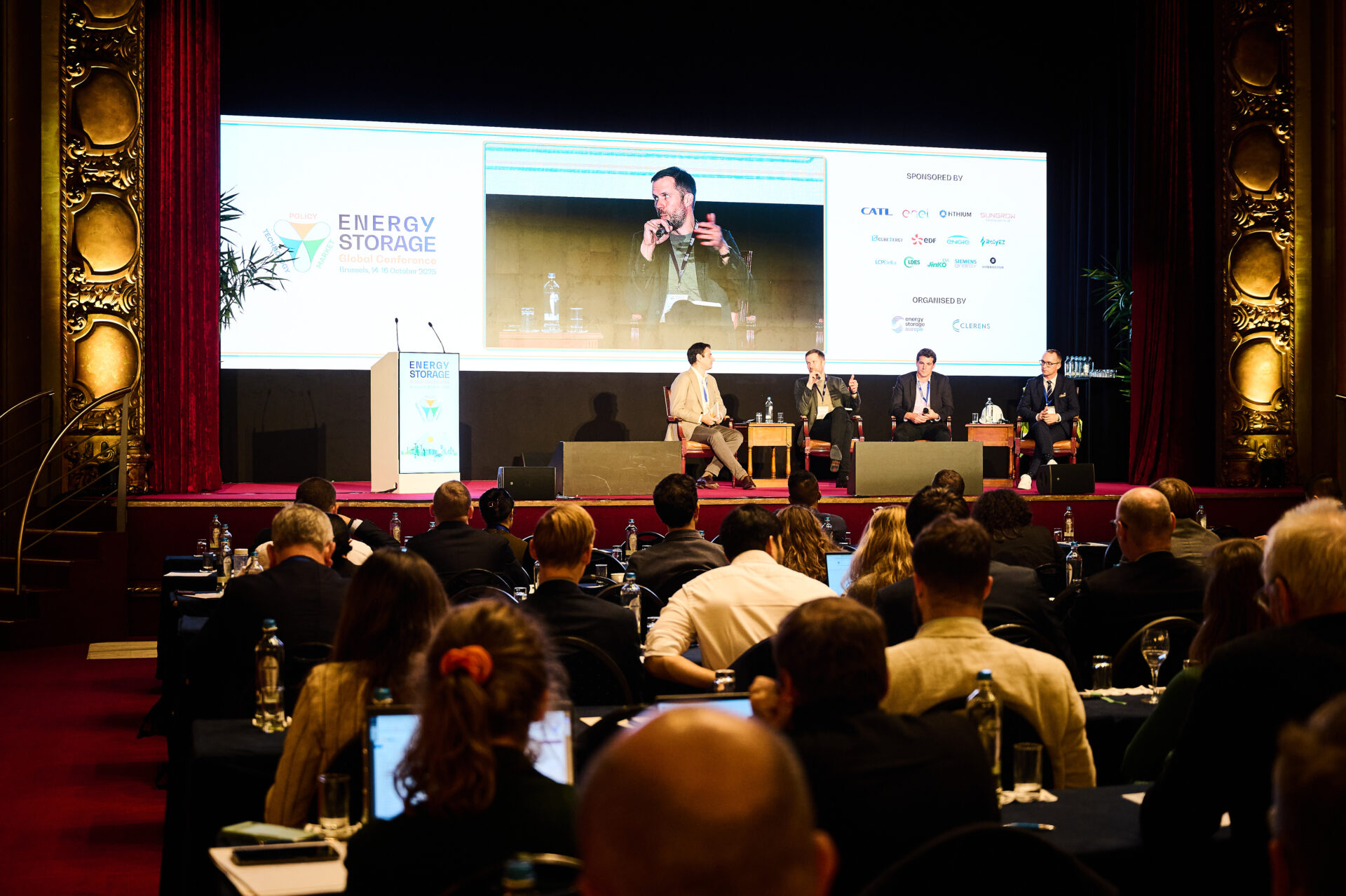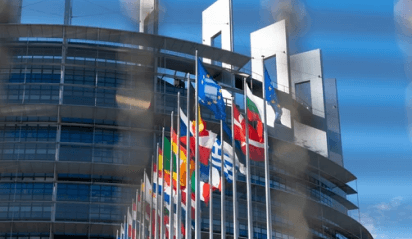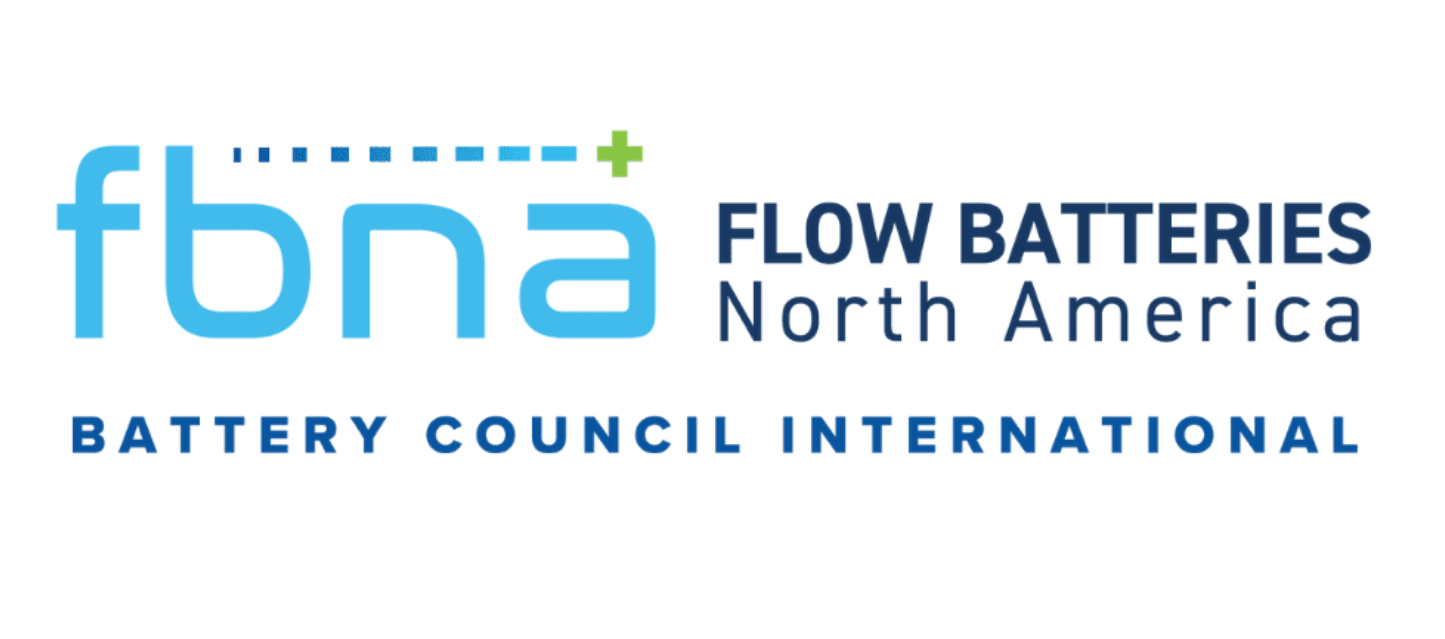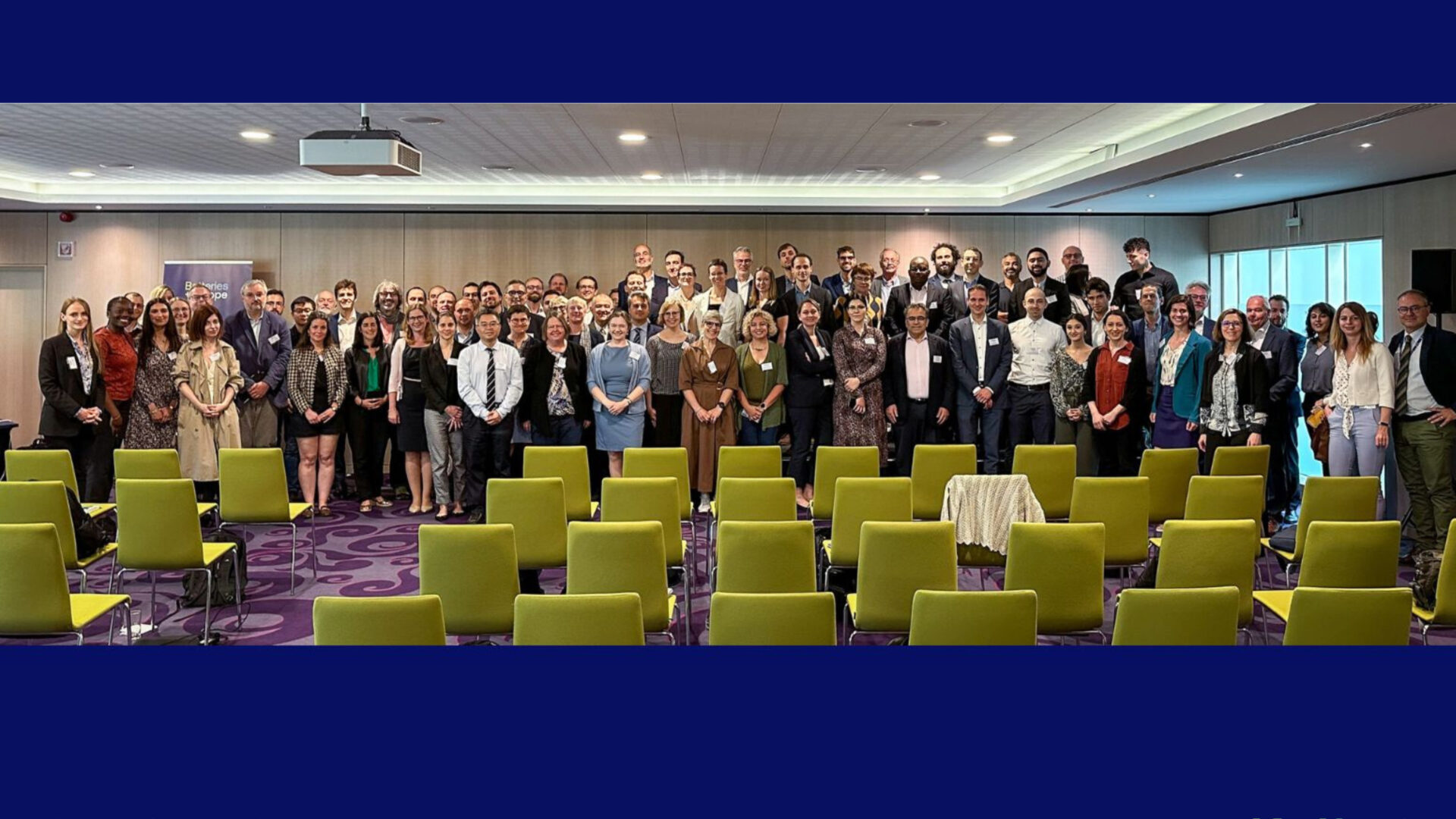20 October 2025:
The Flow Batteries Europe Secretariat had the opportunity to participate at the 8th edition of the Energy Storage Global Conference (ESGC2025), co-organised by the Energy Storage Europe Association and CLERENS in Brussels, Belgium. The three-day conference gathered policymakers, regulators, industry leaders and stakeholders from Europe and beyond to discuss policy, market and technological developments in the fields of energy storage and grid flexibility. The conference was structured around three thematic days: Policy Day, Market Day and Benelux Day.
The Policy Day opened the conference with insightful discussions on upcoming European energy policy developments, international trade and cooperation in times of geopolitical tensions, flexibility needs assessments and state aid for manufacturing and energy storage deployment. European Commissioner for Energy Dan Jørgensen highlighted the potential of energy storage as a source for Europe’s energy independence and transition to a clean energy system in his keynote speech:
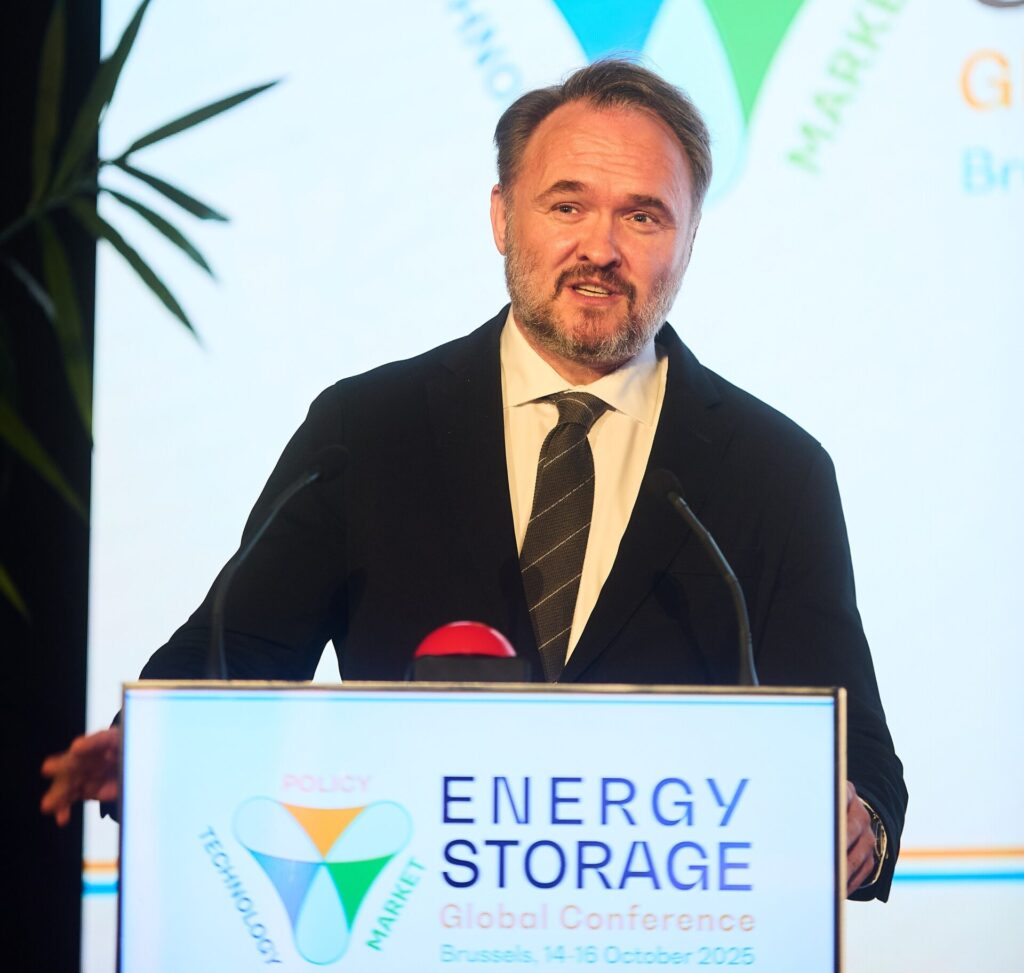
“Europe is facing three challenges: becoming independent of Russian gas; tackling climate change, whose effects are worsening every year; and maintaining competitiveness and affordable energy prices for industry and citizens. Energy storage is a big part of the solution for all three.”
To ensure that energy storage can play a meaningful and key role in the energy transition, the regulatory framework around it also needs more clarity, simplification and harmonization. For instance, Lukasz Kolinski, Director for Green Transition and Energy System Integration at DG ENER, stated during his intervention that “at the European level, it is clear that double taxation and double charging of energy storage are major issues that should have no place in the EU energy system”. Coming from a European Commission official, such statement is particularly encouraging for the energy storage and flow battery sectors, whose regulation is highly fragmented within the EU, especially in terms of taxation and financial incentives.
The Policy day also included some insight into upcoming initiatives from the European Commission. The Grids Package is planned to be unveiled before the end of the year, aiming to accelerate permitting and grid connections, and provide a 5-times increase in grid infrastructure investment. This will also include a guidance document on grid connections, which will ask member states to remove all identified barriers to energy storage, and promote flexibility. The Electrification Action Plan will eliminate the barriers to energy storage and promote the electrification of industry and households. Finally, a tripartite agreement on energy storage is being developed, highlighting the commitment of the Commission to address its need in the energy system. This agreement aims to increase investor confidence in storage projects, and put commitments on paper, with more to be announced.
During the second day of ESGC2025, the Market Day, panellists dived into topics such as market design, inertia and grid congestion, merchant risk, and the evolving business case for energy storage. Paula Rey Garcia, Head of Unit of the renewables and energy systems integration unit at DG ENER, highlighted the growing need for both short- and long-duration storage, stressing that the latter will play a “critical role in strengthening energy security and minimising curtailment”. Highlighting this, it was stated that LDES deployment could avoid 35-88% of renewable energy curtailment.
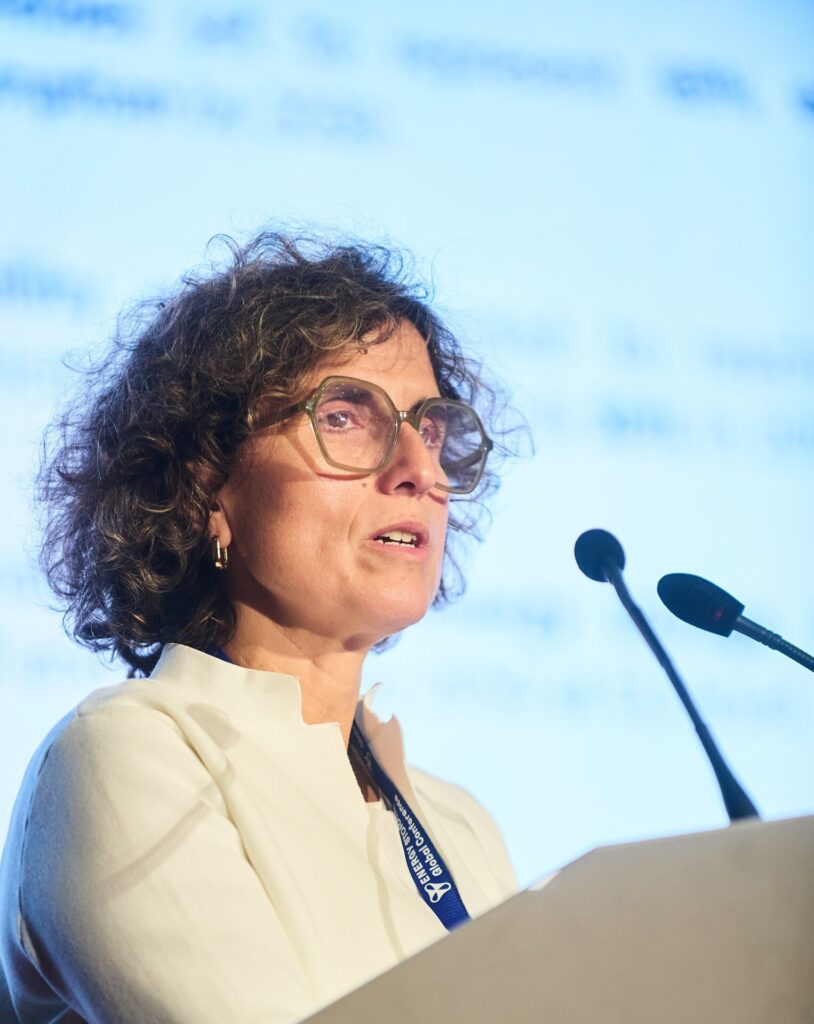
This and many other interventions reinforced the idea that a technology-neutral market and targeted investments are needed to support LDES, and new procurement schemes and digitalization could also provide unique system benefits to the sector and the system overall.
Lastly, on the Benelux Day, the panellists presented their views on the opportunities and barriers for energy storage in Belgium, the Netherlands and Luxembourg. The discussions gave the opportunity to the audience to understand the main differences between these three markets and learn about recent and future regulatory and market developments in these three countries. For instance, Nicolas Back, from Croes Luxembourg, explained the new grid tariff structure in Luxembourg, and how it will likely lead to grid bottlenecks and national peak imports.
Overall, ESGC 2025 underscored that energy storage lies at the heart of the global energy transition, with innovative technologies, supportive regulation, and new financial mechanisms paving the way for an expanded role across Europe. To unlock its full potential, however, policymakers and industry must work together to enhance regulatory clarity, create sustainable business models, and foster a diverse technology mix capable of addressing all system needs.
